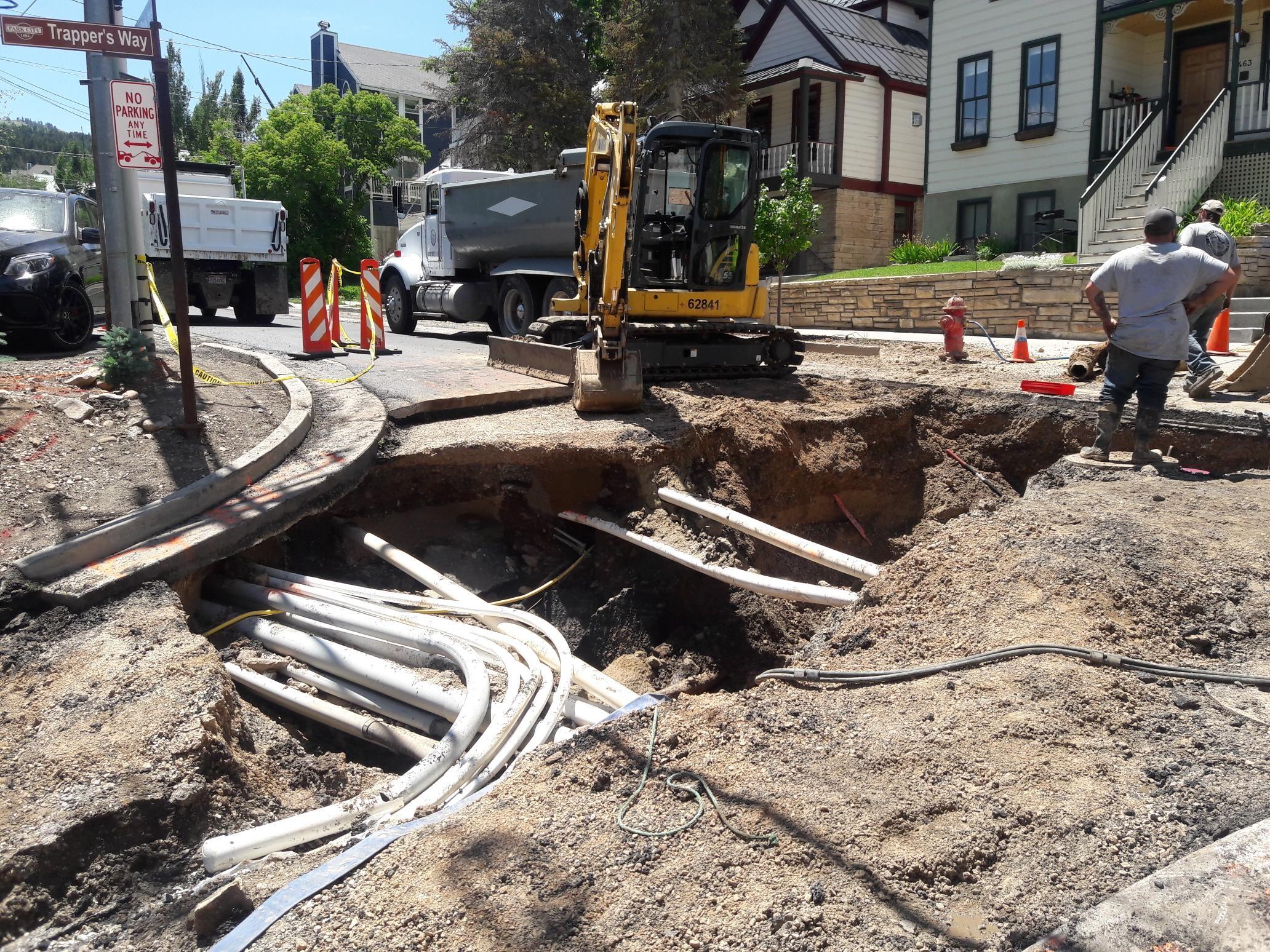What are Michigan’s Community Water System Infrastructure Needs?
Millions of dollars of federal funds for local governments will begin arriving next month and investing in the upkeep of our drinking water systems is encouraged.

Investment in water system infrastructure was highlighted in the American Rescue Plan pandemic relief legislation as something that local governments should consider using their federal money that soon will be arriving in their bank accounts for. And if the American Jobs Plan and the infrastructure legislation that Congress is considering is passed, there will be additional federal money available to accelerate much needed water infrastructure projects. However, what these needed water investments are is not publicly known.
Over 7 million Michiganders get their drinking water from one of Michigan’s nearly 1400 community water systems. According to Governor Snyder’s Infrastructure Commission report released in 2016, most of the state’s drinking water system infrastructure was built at least 50 to 100 years ago and is in need of repair or full replacement. Basically, much of the pipelines, valves, tanks, pumps, wells, hydrants, and treatment facilities that we rely on to deliver clean and safe drinking water to our homes, restaurants, schools, hospitals and places of work are running on borrowed time. As with anything that ages, except perhaps wine, if our water-related infrastructure it is not properly repaired and replaced when its useful life has run out, it will break down and people will face increased risk of sickness or worse from their water faucets.
Michigan has requirements in place through the Michigan Safe Drinking Water Act (PA 399 of 1976) and its administrative rules (rule 1606) to learn about the condition and investment needs of the infrastructure that make up our community water systems across the state. Specifically required is an asset management plan (AMP) which takes stock of a water system’s assets, and identifies the condition of these infrastructure and sets a timeline for when it’s necessary for their repair and replacement. It also estimates the associated costs of carrying out this maintenance schedule over the next 20 years. All community water supplies (public or privately owned) serving more than 1,000 people were required to have an AMP by January 1, 2018. These AMPs are an essential tool for water providers to use to help set water rates that will generate the necessary water revenues to achieve its capital investment priorities.

In 2018, the legislature established the Water Asset Management Council (WAMC) which is charged with reviewing asset management plans or plan summaries to determine the condition of water infrastructure for the state and determine whether water utility owners are on track to address their asset deficiencies after decades of deferred maintenance and continual underinvestment in our community water assets. However, to date the legislature has not appropriated funding to support the WAMC’s mission. The WAMC has not reviewed these water infrastructure plans nor does it look like they will have access to this information anytime soon. Given the lack of resources available, the WAMC really does not have the ability to inform the legislature on what the holistic needs of Michigan’s community water systems are nor develop any long term vision to encourage regional water supply planning and more optimal sharing of resources between neighboring water systems.
Michigan lacks requirements for coordinated long range planning of state-wide water service needs in order to prevent the establishment of new water systems in areas where existing systems may better serve their needs. An example of this is when Benton Charter Township decided to pull out of its relationship with Benton Harbor’s water service and built a new multi-million dollar water treatment plant of its own. This decision led to Benton Harbor losing over 50% of its water customers and stranded Benton Harbor with large annual debt payments for millions of dollars invested in upgrades to its water treatment plant. This split also worsened the well documented problem that many of Michigan’s water providers face of infrastructure fixed costs being spread over a smaller consumer base due to shrinking populations. Now both Benton Harbor and Benton Charter Township residents have to shoulder the costs of maintaining two water treatment and delivery systems and their higher water costs, which everyone may not be able to afford.
Water affordability is a worsening problem. Some water systems don’t have the customer base to support paying for the system’s infrastructure maintenance needs. This is a big problem that is not easily fixed with the status quo. Perhaps regional systems are necessary to grow the customer base to levels adequate to sustain a financially viable water system? Localities are not going to be able to make these systems manifest on their own.
Many times we hear that the public is unaware of the costs of water production, treatment and distribution. To help us become aware of these necessary costs to provide this service, the public needs to have access to how their water utility is planning to invest in their water system’s infrastructure. These investments require large sums of money borrowed over many years that will need to be repaid with water system revenue. This information would be helpful to community leaders and residents who are thinking creatively and asking what is necessary to craft community water systems to keep water affordable for everyone. Designing these systems is not going to be easy, far from it. But knowing what costs are driving water rates is crucial.



 Print
Print Email
Email









